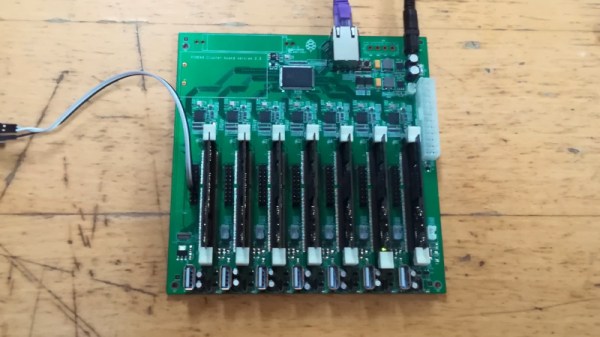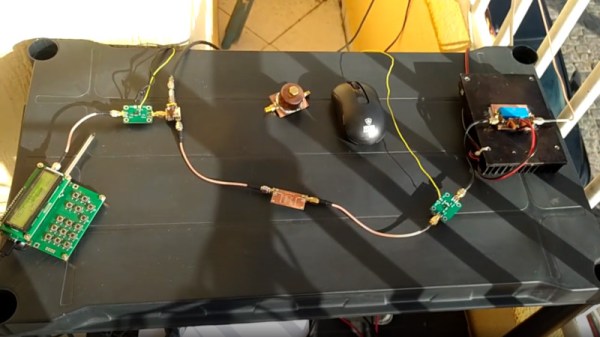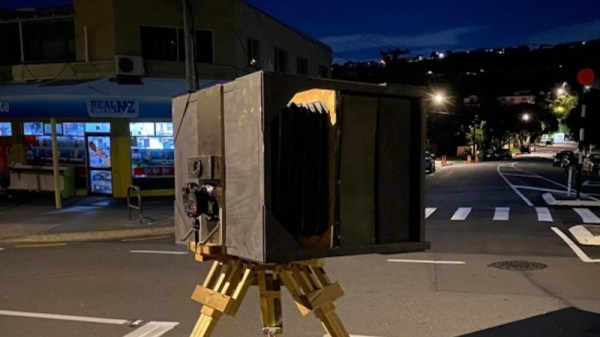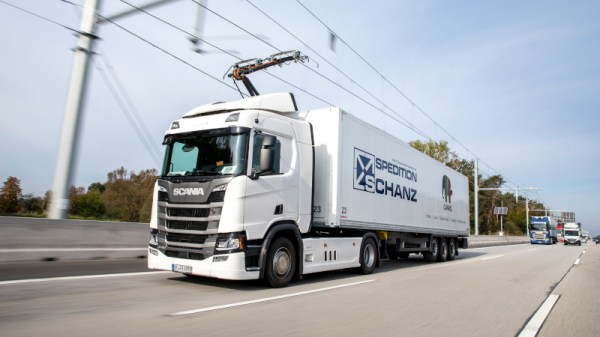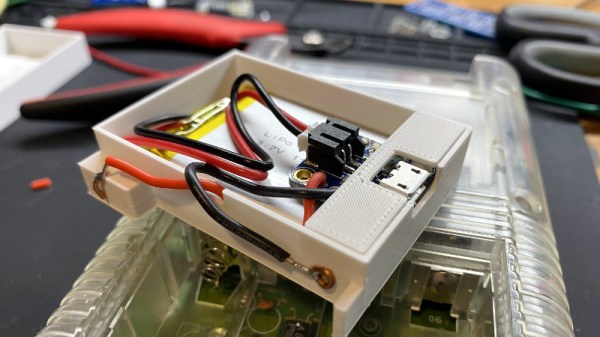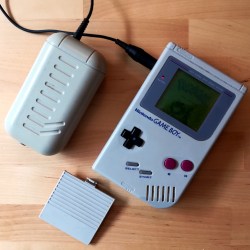The Pine64 folks have given us so many tasty pieces of hardware over the last few years, but it’s fair to say that their products are for experimenters rather than consumers and can thus be a little rough around the edges at times. Their Clusterboard for example is a Mini-ITX PCB which takes up to seven of their SOPINE A64 compute modules, and networks them for use as a cluster by means of an onboard Gigabit Ethernet switch. It’s a veritable powerhouse, but it has an annoying bug in that it appears reluctant to restart when told. [Eric Draken] embarked upon a quest to fix this problem, and while he got there in the end his progress makes for a long and engrossing read.
We journey through the guts of the board and along the way discover a lot about how reset signals are generated. The eventual culprit is a back-EMF generated through the reset distribution logic itself causing the low-pulled line to never quite descend into logic 0 territory once it has been pulled high, and the solution an extremely simple application of a diode. For anyone who wishes to learn about logic level detective work it’s well worth a look. Meanwhile the board itself with its 28 ARM cores appears to have plenty of potential. It’s even a board we’ve mentioned before, in a personal supercomputer project.

